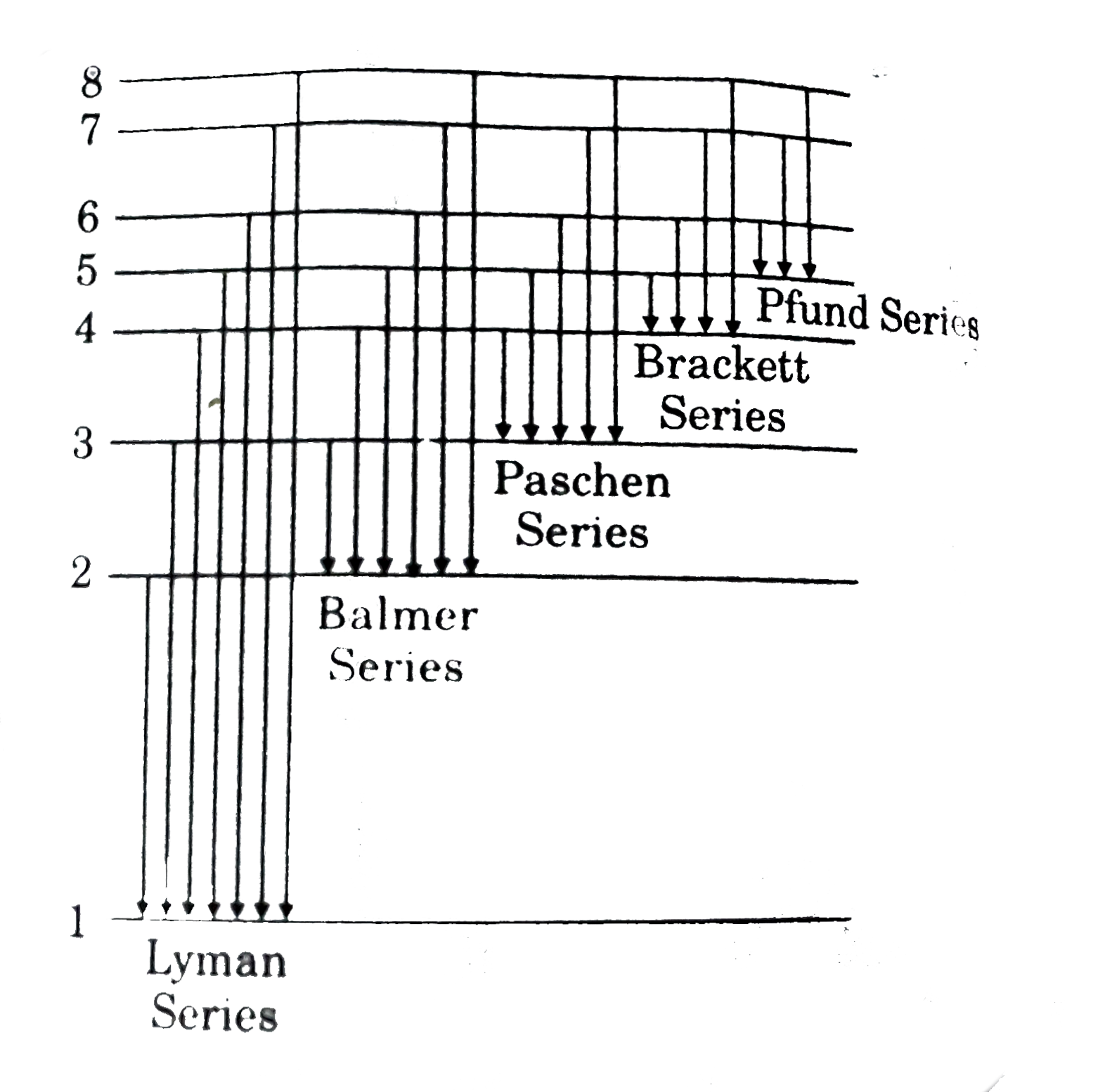Consider the following statements i ) Spectral lines of He+ ion belonging to Balmer series are not in visible range.ii) In the Balmer series of H-atom maximum lines are in ultraviolet region.iii) 2 nd line of " Lyman series of He+ ions has energy "48.35eV" .The above statements (i),(ii),(iii) respectively are (T= True,"F=" False):
Step by step video & image solution for Consider the following statements i ) Spectral lines of He^(+) ion belonging to Balmer series are not in visible range.ii) In the Balmer series of H-atom maximum lines are in ultraviolet region.iii) 2^(" nd ") line of " Lyman series of He^(+) ions has energy "48.35eV" .The above statements (i),(ii),(iii) respectively are (T= True,"F=" False): by Chemistry experts to help you in doubts & scoring excellent marks in Class 11 exams.
Similar Questions
Knowledge Check
- Question 1 - Select One
the only electron in the hydrogen atom resides under ordinary conditions in the first orbit. When energy is supplied the electron moves to higher energy orbit depending on the amount of energy absorbed. It emits energy. Lyman series is formed when the electron returns to the lowest orbit while Balmer series is formed when the electron returns to second. Similarly, Paschen, Breakett and Pfund series are formed when electron returns to the third, fourth and fifth orbits from higher energy orbits respectively (as shown in figure).

Maximum number of different lines produced when electron jump from nth level to ground level is equal to
n(n−1)2.
For example in the case of n=4, number of lines produced is 6.(4→3,4→2,4→1,3→2,3→1,2→1).When an electron returns from n2ton1 state, the number of different
lines in the spectrum will be equal to (n2−n1)(n2−n1+1)2
If the electron comes back from energy level having energy E2 to energy level having energy E1, then the difference may be expressed in terms of energy of photon as:
E2−E1=ΔE,λ=hcΔE,ΔE=hv(v−frequency)
Since h and c are constants ΔE corresponds to definite energy: thus each transition from one energy level to another will produce a light of definite wavelength. This is actually observed as a line in the spectrum of hydrogen atom.
Wave number of line is given by the formula:
¯v=RZ2(1n21−1n22)
where R is a Rydberg constant (R=1.1×107m−1).
(i) First line of a series : It is called line of longest wavelength of line of smallest energy'.
(ii) Series limit or last line of a series : It is the line of shortest wavelength or line of highest energy.
Consider the following statements
(i) Spectral lines of He+ion belonging to Balmer series are not in visible range.
(ii) In the Balmer series of H-atom maximum lines are in ultraviolet ragion.
(iii) 2nd line of Lyman series of He+ ion has energy 48.35eV
The above statement (i), (ii), (iii) respectively are(T=True,F=False):ATFFBFTTCTFTDTTT - Question 2 - Select One
What transition in He⊕ ion shall have the same wave number as the first line in Balmer series of H atom ?
A7→5B6→4C5→3D4→2 - Question 3 - Select One
For the hydrogen spectrum last line of the lyman series has frequency v1 last line of lyman series of He+ ions has frequency V2 and 1st line of Lyman series of He+ ions has frequency v3 then
A4v1=v2+v3Bv1=4v2+v3Cv2=v3−v1Dv2=v1+v3
The number of lines of Balmer series of H-atom that belong to visible region.
View SolutionThe ratio of wavelength for II line of Balmer series and I line of Lyman series is .
View SolutionWhat is the ratio of wavelength of (II) line of Balmer series and (I) line of Lyman series ?
View SolutionWhat is the shortest wavelength present in the (i) Paschen series (ii) Balmer series of spectral lines ?
View SolutionWhat is the ratio of wavelength of (II) line fo Balmer series and (I) line fo Lyman seies ?
View Solution
